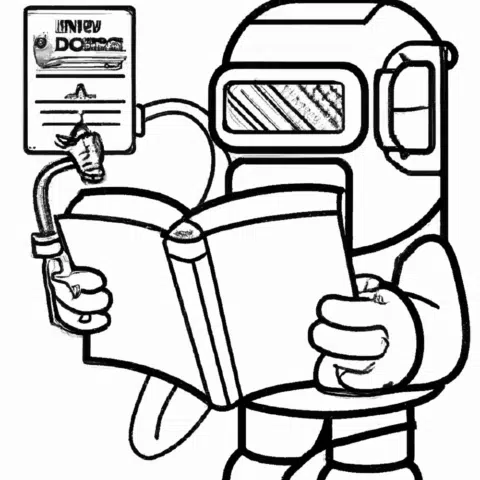Understanding Amperage & Duty Cycle
- Amperage (heat): Rough rule = 1 amp per 0.001” of metal thickness.
- Duty cycle: % of a 10-minute cycle a welder can run before cooling.
| Use Case | Suggested Duty Cycle |
|---|---|
| DIY / hobby welding | 20–40% |
| Light fabrication | 40–60% |
| Industrial / heavy use | 60–100% |
Welding Materials & Thickness
Choosing the right process depends on what you weld most often.
| Process | Common Materials | Typical Thickness |
|---|---|---|
| TIG | Aluminium, stainless, copper, titanium | Up to 3/8″ |
| MIG | Steel, aluminium, stainless | Up to 1/2″ |
| Spot | Steel, stainless, aluminium | Up to 1/8″ |
| Stick (MMA) | Iron, steel, stainless | Over 3mm |
Equipment & Power Supplies
The supply in your workshop limits machine size.
| Supply | Suitable Machine |
|---|---|
| 240V, 13A plug | Up to 130A inverter/transformer |
| 240V, 16–32A | 150–250A welders |
| 3-phase | >250A industrial inverters/transformers |
Machine Types:
- Inverter welders → Light, efficient, fine arc control, but sensitive electronics.
- Transformer welders → Heavy, reliable, easier to repair, fewer functions.
Machine Type Considerations
MIG Welders
- Adjustable wire feed speed
- Duty cycle matched to project load
- Works on steel, aluminium (with spool gun/liner), stainless
- Portable options available
TIG Welders
- High duty cycle preferred for long welds
- Precise amperage control (foot pedal / fingertip)
- Works well for thin stainless, aluminium, titanium
- Look for pulse & AC/DC functions
Spot Welders
- Capacity must match material thickness
- Adjustable electrode force & weld time
- Cooling system extends electrode life
- Best for sheet metal & auto body
Stick (MMA) Welders
- Wide amperage range for thicker steels
- Arc force & hot start improve ease of use
- Rugged, low maintenance
- Good for outdoor/dirty metal jobs
Quick Selection Reference
| Project Type | Recommended Process | Machine Needs |
|---|---|---|
| Auto body / thin sheet | MIG or Spot | 100–180A, low duty cycle ok |
| Motorcycles / stainless fabrications | TIG | 150–200A, high duty cycle, AC/DC |
| Heavy structural steel | Stick or MIG | 200–300A, higher duty cycle |
| Light general repairs | Stick | 130–160A inverter |
Conclusion
Choosing a welder comes down to:
- Matching amperage to thickness.
- Ensuring duty cycle fits your workload.
- Checking power supply limits.
- Picking the right process for your projects.
👉 Need help choosing? Our team can guide you to the best welder for your workshop.




